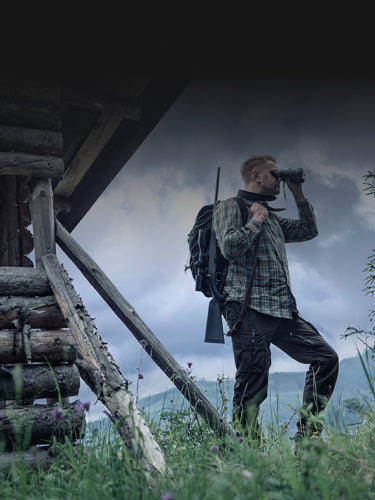-
 2024-06-26
2024-06-26Pulsar Launches New Telos XL50 Series
The newest premium-quality Telos XL50 monocular is now available. The new monocular boasts a European-made thermal sensor with a resolution of 1024x768 pixels, a 14-degree wide field of view, and... -
 2024-06-24
2024-06-24Finding Places to Hunt Coyotes: A Beginner's Guide
One of the biggest challenges for new coyote hunters is figuring out where to hunt these elusive creatures. You know coyotes are a problem, you’re eager to hunt them, but... -
 2024-06-14
2024-06-14Why We Hunt Coyote
Some people don’t understand why men and women from all over the country stay up late, endure chilling night winds, mosquitoes the size of small children, and spend thousands of... -
 2024-06-03
2024-06-03Merger LRF XP35: Compact and Powerful
Premiering at Outdoor Classics 2024, the Merger LRF XP35 continues Pulsar’s manufacturing tradition of compact but powerful binoculars. This product features the widest field of view in its category and... -
 2024-05-29
2024-05-29How Mirage Affects Your Thermal
A heat mirage, also known as a thermal mirage or atmospheric mirage, is a phenomenon caused by the bending of light due to temperature differences in the air. On a... -
 2024-05-28
2024-05-28Pulsar Unveils the Axion XQ30 Pro: The Ultimate...
Pulsar, a leader in advanced thermal imaging technology, is proud to introduce its latest innovation, the Axion XQ30 Pro thermal monocular. Designed for first-time users and seasoned outdoor enthusiasts alike,... -
 2024-05-16
2024-05-16Pulsar Releases Update 3.3 For Talion Riflescopes
Pulsar is introducing a new update to the Talion series of compact riflescopes. This update brings internal ballistic calculations to Talion models without integrated laser rangefinders. With this new function,... -
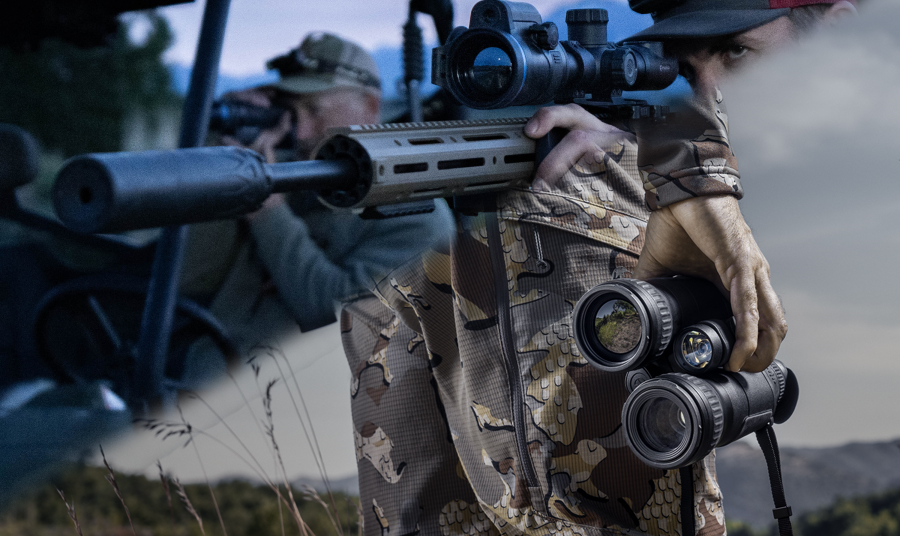 2024-05-01
2024-05-01Pulsar’s Duo Series
The groundbreaking new Duo series from Pulsar showcases the capabilities of modern digital technology. As a leading name in the hunting industry, Pulsar has long been known for the quality... -
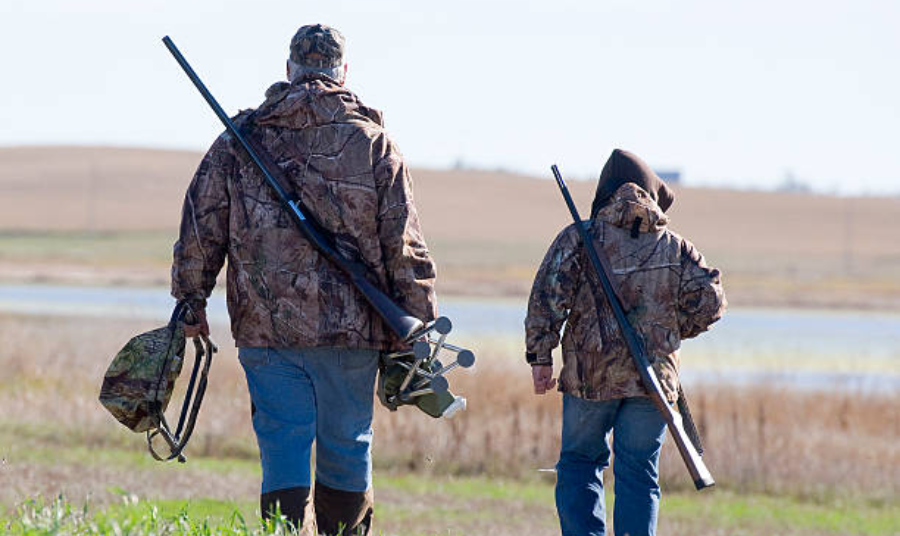 2024-05-01
2024-05-01Why you should teach your child to hunt
In an increasingly urbanized and digital world, it is crucial to ensure that our children maintain a strong connection with nature and understand the significance of wildlife conservation. While the... -
 2024-04-24
2024-04-24No Longer Optional: Why thermal should be a reg...
If (or rather, when) civilization finally collapses within our lifetimes, we will need to be prepared. This will mean stocking up on non-perishable food, fresh water, weapons, ammunition, and various... -
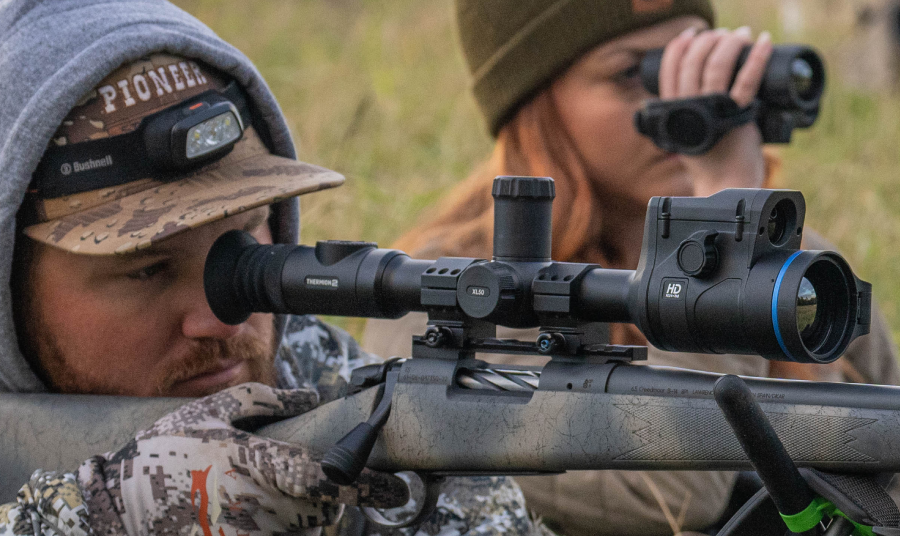 2024-04-09
2024-04-09The Best Thermal Scope Shots of 2023
Thermal riflescopes have become a cornerstone for nocturnal hunters worldwide, and Pulsar’s offerings are known in hunting circles all over the world for their quality, accuracy, and dependability. The exceptional... -
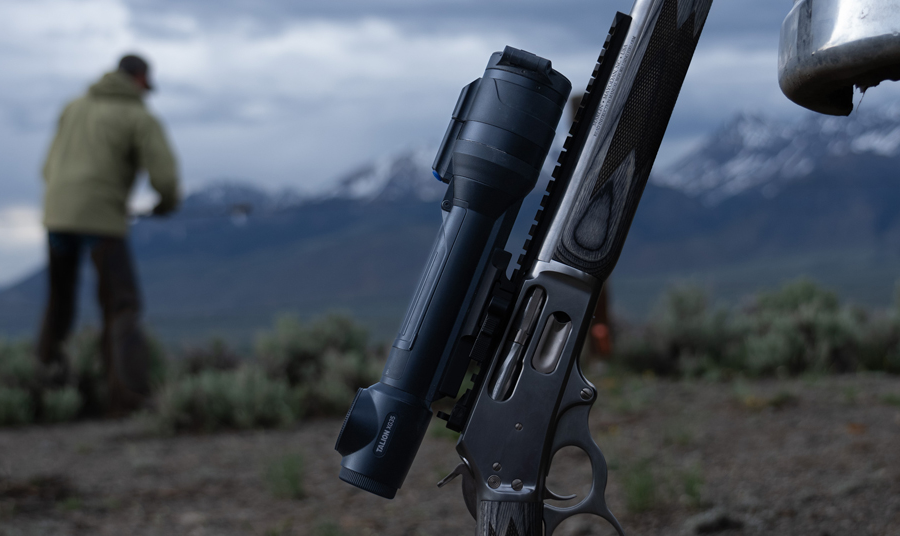 2024-02-20
2024-02-20Best Practices for Caring for and Storing Your ...
Investing in a thermal riflescope, especially one as advanced as a high-performance Pulsar product, is a significant commitment that warrants careful consideration of storage and maintenance practices. Pulsar scopes are... -
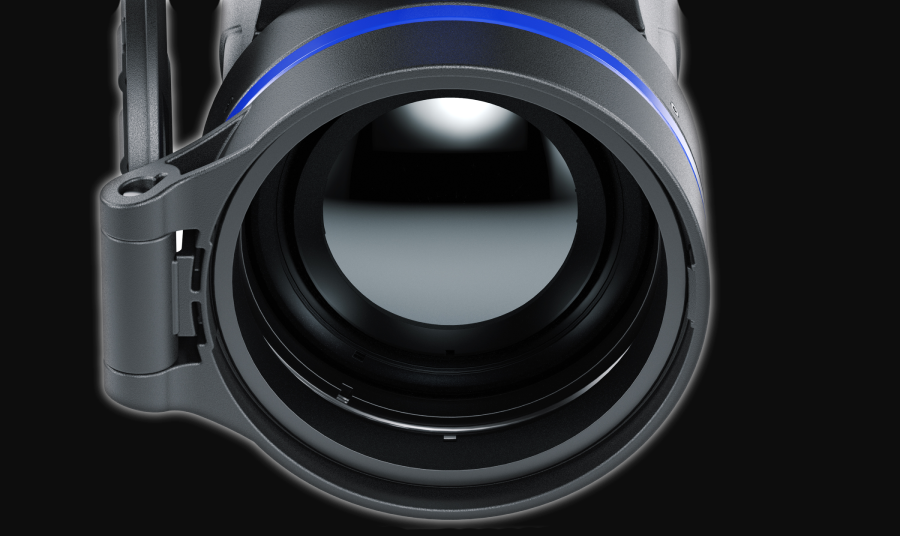 2024-01-26
2024-01-26Why Thermal Clarity Matters
Forever cursed is the man who steps out onto his porch and shoots his dog thinking it was a coyote. Equally cursed is the hog hunter who roams off-property and... -
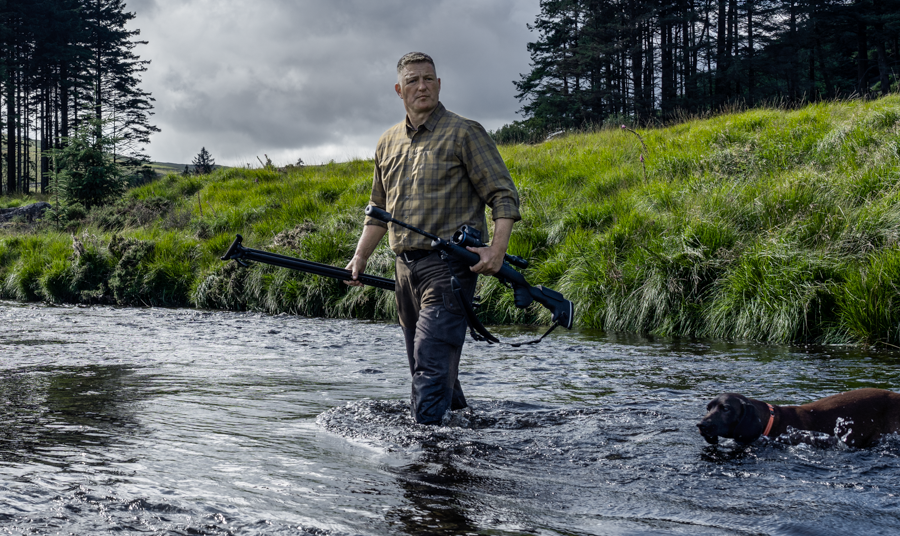 2023-12-15
2023-12-15Which Pulsar Thermal Riflescope is Best for Hun...
In the ever-evolving world of hunting optics, the Thermion 2 LRF XL50 stands out as a game-changer, offering hunters an unparalleled experience in low-light conditions. Pulsar’s latest and greatest offering... -
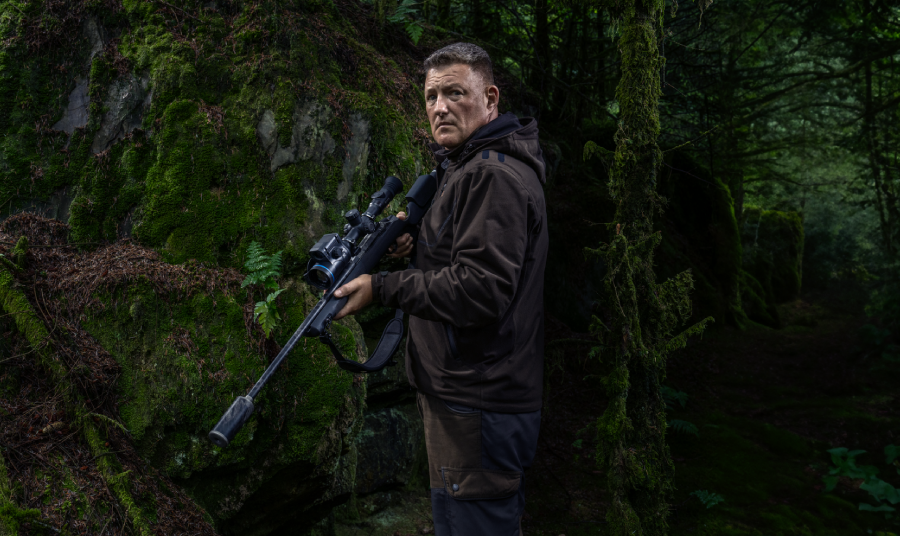 2023-11-09
2023-11-09Thermal vs. Digital Night Vision Riflescopes fo...
For hunters who prefer to hunt at night, the choice between thermal and night vision riflescopes can be a perplexing one. Both technologies offer distinct advantages, tailoring their effectiveness to...
Item added to your cart


